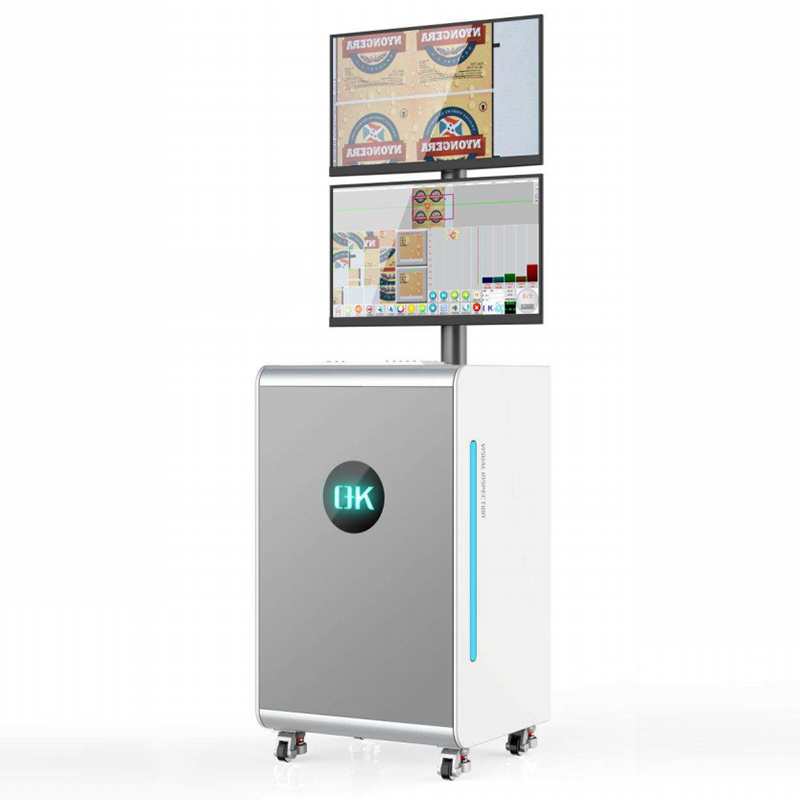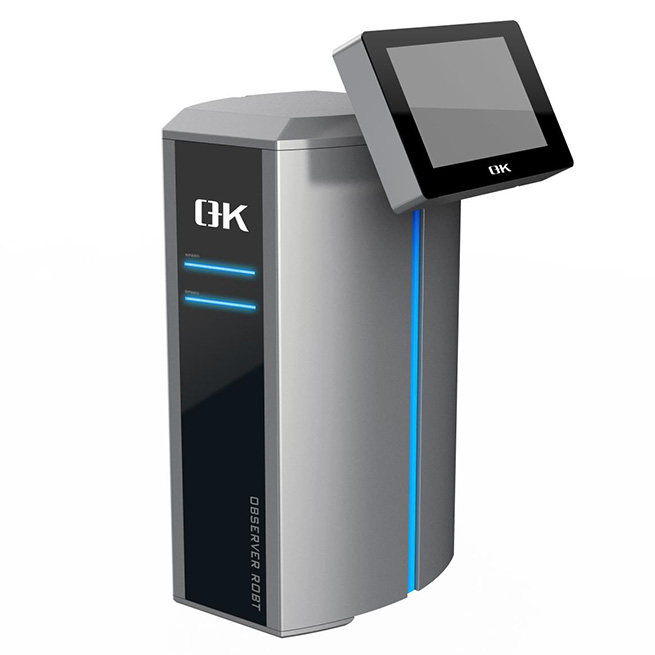In the realms of commercial printing, packaging, and graphic design, achieving the desired colors on printed materials is a fundamental requirement. However, various factors, including differences in printing equipment, ink formulations, and environmental conditions, often make it a daunting task. The integration of printing inspection systems has brought about a transformative shift in the quest for color quality. This article delves into the pivotal role played by these systems in maintaining color consistency and precision in the world of printing.

The Significance of Color Consistency and Accuracy
Brand Identity: Consistent color reproduction across all brand materials, from business cards to banners, is crucial for establishing a recognizable and unified brand identity. A specific color associated with a brand immediately connects with the products or services it represents.
Client Expectations: Meeting or exceeding client expectations for color fidelity is paramount for ensuring client satisfaction. Clients often have brand guidelines that must be adhered to, and any deviation can lead to disappointment.
Quality Assurance: Achieving high-quality printed materials necessitates accurate color reproduction. Even the most professionally designed artwork can appear unprofessional with color variations.
Cost Efficiency: Color discrepancies can result in wastage, reprints, and added expenses. Maintaining color uniformity reduces costs while enhancing profitability.
Regulatory Compliance: Certain industries, such as pharmaceuticals and food packaging, require strict adherence to color standards to meet legal requirements and ensure product safety.

Key Challenges in Attaining Color Consistency and Accuracy
Device Variability: Different printing devices, such as printers and monitors, may interpret and reproduce colors differently.
Ink and Paper Variability: Variations in ink formulations, paper characteristics, and drying rates can influence color appearance on printed materials. Different ink-substrate combinations can lead to color shifts.
Environmental Factors: Factors like temperature, humidity, and air quality can affect color appearance. For example, high humidity can alter ink behavior on paper, impacting the final color output.
Complex Workflow: Complex production workflows involving multiple software applications, devices, and production stages can introduce inconsistencies in color output, making accuracy a challenge.
Material Aging: Over time, materials like fabrics, paints, and printed materials can change color due to exposure to light, air, or other environmental factors, resulting in color shifts and inconsistencies.
Color Matching Across Media: Maintaining consistent color fidelity across various media, including print, digital displays, and physical objects, can be challenging due to different color spaces and constraints.
Production Speed: In high-speed manufacturing processes, preserving color consistency can be difficult due to the rapid production cycle, requiring quick adjustments.
Cost Constraints: Achieving high levels of color consistency and accuracy often demands advanced equipment and materials, which can be cost-prohibitive, particularly when budget constraints are in place.
The Role of Printing Inspection Systems in Maintaining Color Consistency and Accuracy
Printing inspection systems offer sophisticated solutions to address the challenges mentioned above and play a crucial role in ensuring color consistency and precision.
Color Measurement and Verification: Advanced color measurement technologies like spectrophotometers and colorimeters are employed to measure and verify colors, comparing actual colors to intended values to identify differences.
Ink Density Control: These systems monitor and control ink density, ensuring the correct amount of ink is applied. This helps reduce color differences resulting from over-inking or under-inking.
Inline Monitoring: Many systems are seamlessly integrated into the printing process, providing real-time feedback and allowing for immediate modifications to maintain color consistency during production.
Quality Control: In addition to color, the algorithms within printing inspection systems can detect other quality flaws, including streaks, misrepresentations, and missing text or images.
Compliance with Industry Standards: Some systems are specifically designed to adhere to industry standards and regulations, such as ISO standards for color accuracy in printing.
Data and Reporting: Printing inspection systems offer data and reporting tools for analyzing and documenting color consistency over time, facilitating process improvement and ongoing quality control.
Conclusion
Printing inspection systems has significantly enhanced the printing industry's ability to maintain color consistency and precision. These systems provide a multitude of tools and features to address issues related to device variability, ink and substrate variations, environmental influences, and complex workflows. By implementing color measurement and verification, ink density management, and inline monitoring, businesses can ensure that their printed products meet client expectations and comply with industry standards. Ultimately, these solutions contribute to improved brand identity, regulatory compliance, waste reduction, and overall printing quality. In a world where color consistency is paramount, printing inspection systems have become indispensable tools for individuals and organizations striving to deliver high-quality printed materials.
